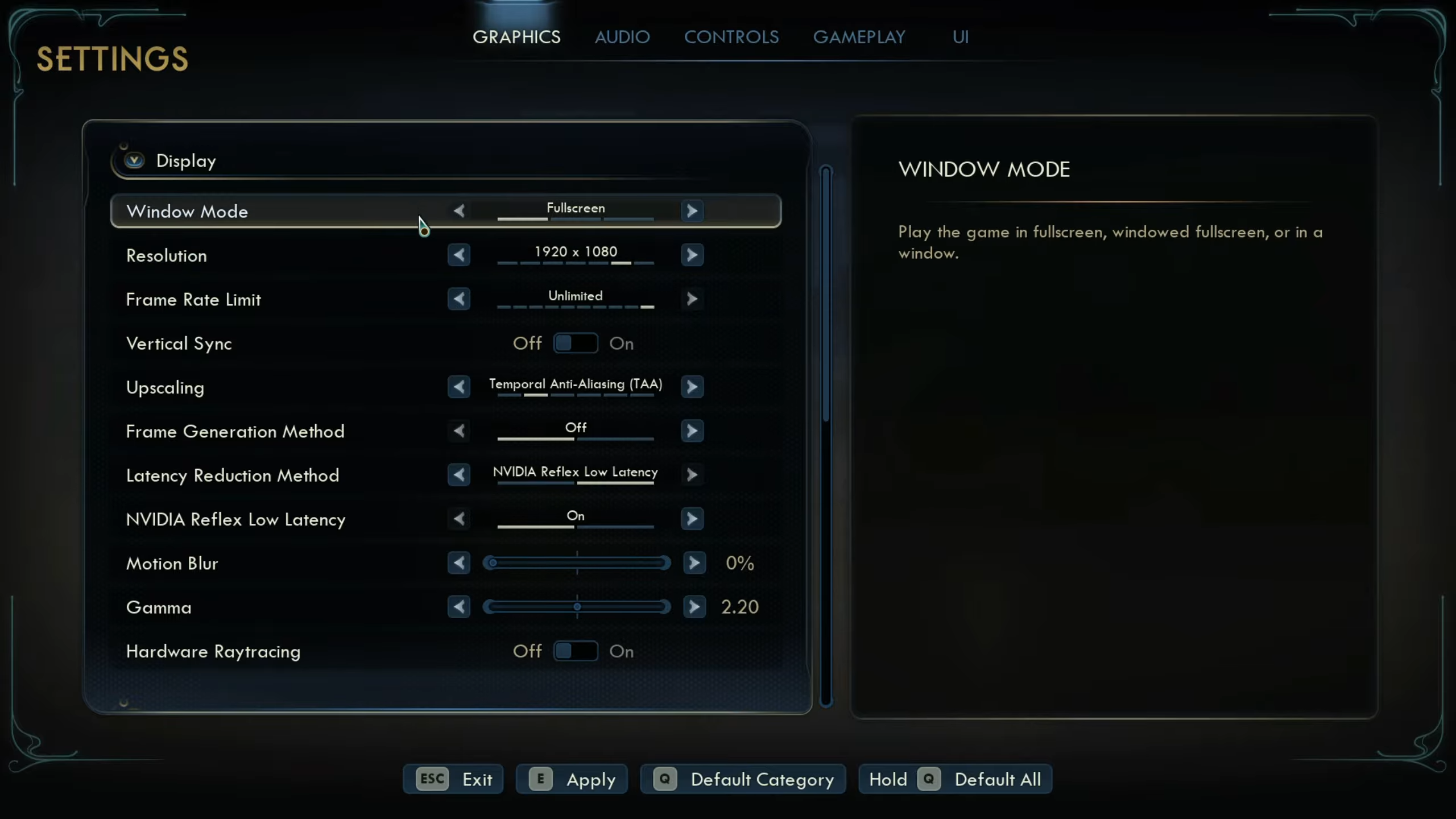Use these optimized settings to play The Outer Worlds 2 smoothly. We optimized the settings to run the game at 60 FPS for a better experience.

The Outer Worlds 2 is an incredibly beautiful game with an open-world setting. It is built on Unreal Engine 5 and uses its core technologies, such as Nanite for world geometry, Lumen for a complete lighting system, and Virtual Shadow Maps (VSM) for shadow casting. These technologies are what make the game look so visually stunning. However, they are also quite demanding and require powerful GPUs to achieve playable frame rates. The same applies to The Outer Worlds 2.
In fact, the system requirements of the game are quite high. Therefore, without optimizing the settings, your PC may struggle to maintain 60 FPS in The Outer Worlds 2. The game could also suffer from stutters and frame drops, but these can be significantly reduced with optimized settings. We are sharing these settings in the article below. Read on to learn more.
Note: Parts of this article are subjective and reflect the writer’s opinions.
Best Optimized Settings for The Outer Worlds 2

While UE5 technologies such as Lumen and VSM can greatly enhance the visuals of a game, they can also heavily tax your system. This often results in lower frame rates, which can be improved by turning down Global Illumination and Shadow settings. Additionally, reducing visual effects and post-processing will improve image clarity and visibility. Here’s the complete list of settings you must change to achieve 60 FPS and reduce stutters and frame drops:
Note: The settings provided below are based on the game’s minimum & recommended specs and shouldn’t be used for resolutions higher than 1920 x 1080.
| Settings | Values |
|---|---|
| Window Mode | Fullscreen |
| Resolution | 1920 x 1080 |
| Frame Rate Limit | Unlimited |
| Vertical Sync | Off (Turn on only if you don’t have a FreeSync or G-Sync display) |
| Upscaling | Nvidia DLSS / AMD FSR / Intel XeSS |
| Upscaling Resolution | Balanced |
| Frame Generation Method | Off |
| Latency Reduction Method | NVIDIA Reflex Low Latency (Only for Nvidia GPUs) |
| NVIDIA Reflex Low Latency | On (Only for Nvidia GPUs) |
| Motion Blur | 0% |
| Gamma | 2.20 |
| Hardware Raytracing | Off |
| Graphics Quality | Custom |
| Screen Effects | Low |
| View Distance | Low |
| Shadows | Low |
| Anti-Aliasing | Medium |
| Textures | Medium |
| Visual Effects | Low |
| Foliage | Medium |
| Global Illumination | Medium |
| Reflections | Low |
| Crowd Density | Low |
| Field of View | 80 |
Final Optimization
The above settings will help you achieve 60 FPS in The Outer Worlds 2, provided your system meets the minimum requirements. However, there are a few additional steps you can take to further reduce stutters and frame drops. If you are using Intel’s 12th, 13th, or 14th Gen CPUs, try disabling the E-cores, as this may significantly reduce stutters on some PC configurations.
If you are using AMD X3D chips, such as the Ryzen 9 7950X3D or 9950X3D, use Process Lasso to park the non-X3D CCD, which can also decrease stutters and frame drops. Finally, make sure your GPU drivers are updated to the latest Game Ready versions from Nvidia, AMD, or Intel.
We provide the latest news and “How To’s” for Tech content. Meanwhile, you can check out the following articles related to PC GPUs, CPU and GPU comparisons, mobile phones, and more:
- 5 Best Air Coolers for CPUs in 2025
- ASUS TUF Gaming F16 Release Date, Specifications, Price, and More
- iPhone 16e vs iPhone SE (3rd Gen): Which One To Buy in 2025?
- Powerbeats Pro 2 vs AirPods Pro 2: Which One To Get in 2025
- RTX 5070 Ti vs. RTX 4070 Super: Specs, Price and More Compared
- Windows 11: How To Disable Lock Screen Widgets
 Reddit
Reddit
 Email
Email


